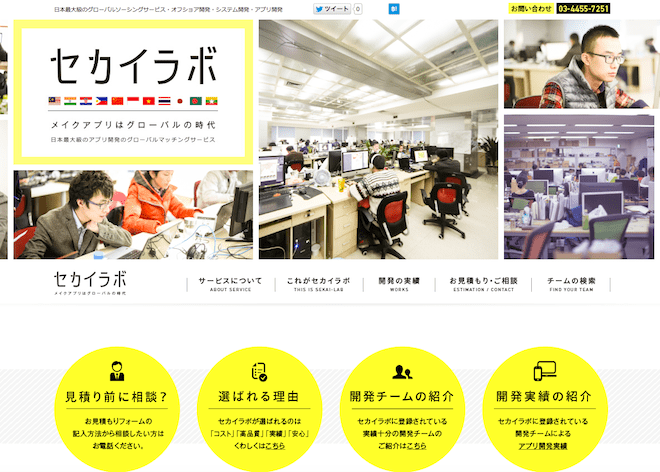
People often look at GungHo Online Entertainment’s hit game Puzzle & Dragons and wonder why it’s such a strong mobile title. I’ve already written much about exactly why I like it personally, but there are some other reasons that I think have really contributed to its success here in Japan.
I started thinking about this recently when I saw someone complaining about Dungeon Keeper on Twitter, and how it kicks you out of the game when you lose a connection [1]. Lots of games require persistent connections, and that’s certainly fine provided your day doesn’t take you through a maze of underground subway tunnels like many of us who live in urban centers such as Tokyo.
But it really got me thinking about Puzzle & Dragons, and how and where I have been playing it over the past year or so. What’s remarkable about the game is not just that it doesn’t require a persistent connection, but that it only really requires a sporadic connection.
During my own subway commute here in Tokyo, there are certain blind spots on my route where I usually can’t get a network connection. And because I’ve traveled that route so often, I can usually anticipate when I’ll lose my connection and when I’ll get it back [2]. P&D will always handle these drops like a champ. The actual dungeons (or rounds/levels) don’t need a connection at connection at all. So if you suddenly go offline, you won’t even realize it until you finish the level and the data tries to sync. So in reality, the game only really needs a connection during times when it phones home to sync data, such as:
- The initial start screen
- Entering or exiting a dungeon
- Powering up or evolving a monster
If you happen to run into network issues during those times, you’ll typically see a ‘Connecting’ message, followed by either a ‘retry’ option or an error message (see below).

So very often I’ll find myself beginning a dungeon before going through a long underground stretch that has no signal, just so that I have something to do during that blacked out period. You’ve no doubt done something similar at some point, perhaps downloading all your podcasts or syncing an RSS reader before a flight.
The end result for P&D is a pretty frustration-free gaming experience, far removed from the likes of Dungeon Keeper mentioned above. And of course, a game that does not need a persistent connection is not unique to by any means, but I think the lesson to be learned here is that you want to make a game that’s a mainstream hit in the Japan market (or for a similar urban population with developed public transport), you need to make sure it doesn’t frustrate users when they suddenly lose a connection.
Thumbs up, but no more than necessary
I probably don’t need to point out that in addition to handling sporadic connections really well, P&D is a really easy game to play with one hand – again, a great advantage for Japan’s legions of train commuters who stand hanging one-armed from a strap during rush hours. You only really need your thumb to play, and since all the puzzle movement is in the lower half of the screen, you never find yourself reaching uncomfortably to the top half during gameplay (see lower left). No fingers necessary!
When Apple rolled out Control Center with iOS 7, it did lead to some unexpected problems for P&D players however (and probably many other games too). If you’ve played the game for any length of time, you’ll notice that sometimes when you try to bring an orb up from the very bottom row, you will sometimes inadvertently launch Command Center. It’s a huge annoyance (see lower right), and as much as I love the convenience of Command Center, I’m sure the folks at GungHo we’re not too pleased when it came out.
But overall, Puzzle & Dragons is still a pretty amazing little mobile game, one that I regularly see people playing during their commute – provided that I don’t have my head down playing it myself.

-
I have not confirmed whether the game actually does this or not, but given that it came from Richard Gaywood, a super smart dude from TUAW (where I once briefly blogged), I’m taking this as a certainty. ↩
-
Usually my network ‘blind spot’ is between Omotesando and Futakotamagawa. Coverage has improved much over the years, thankfully. I should also point out that this is also a great game if you’re annoyed by the tunnels on the bullet train! ↩




































